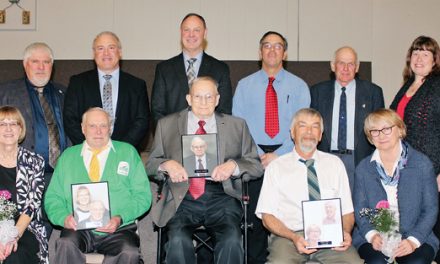GUELPH – The University of Guelph received its single largest-ever gift, a $20-million donation from the Arrell Family Foundation to create the Arrell Food Institute at U of G.
The University will provide matching funds for a total commitment of $40-million. The announcement was made in Guelph on March 29.
The purpose of the Arrell Food Institute is to transform the global food economy and further strengthen U of G and Canada as agri-food leaders.
“This landmark gift will allow our University to address the defining challenge of our time: food security, safety and sustainability,” said U of G president Franco Vaccarino. “The Arrell family has shown incredible generosity and foresight in making this gift, and we are grateful to them for their faith in our agri-food prowess.”
Along with recent government and private funding — including a $77-million award from the Canada First Research Excellence Fund for the Food From Thought project — this new gift brings the total investment in agri-food at U of G to more than $150-million in the past year.
Tony Arrell and his wife, Anne, who is also a U of G graduate, created the Arrell Family Foundation in 1999. They took part in the gift announcement, along with their daughters Laura, Ashleigh and Nicole, all of whom are directors of the foundation.
The University receives substantial provincial funding under its longstanding partnership with the Ontario Ministry of Agriculture, Food and Rural Affairs. The new funding will support new research chairs and scholars, international food innovation awards and a prestigious annual conference.
“This gift will help U of G and Canada to lead the agri-food revolution,” said Prof. Evan Fraser, director of the Arrell Food Institute and holder of the Canada Research Chair in Global Food Security. That revolution is based on widening uses of technology in agri-food, he said. “The same technologies that created the Internet and are transforming medicine are now being applied to farmers’ fields and to food processing factories — we can produce more food on less land using fewer inputs.”












